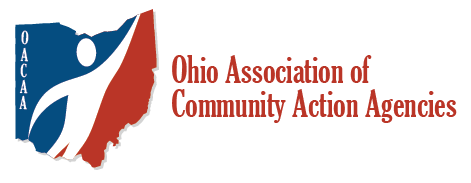Ohio University and the Ohio Association of Community Action agencies have released a research study entitled Community Action Agencies: Strengthening Ohio’s Communities. The study was conducted by Ohio University’s Voinovich School of Leadership and Public Affairs and reports how Community Action Agencies’ contribute to their community’s economic development through various programs and initiatives.
“OU’s research study proved the significant contribution CAAs make to community economic development by promoting individual wealth and initiating projects that create jobs, build industry and develop community infrastructure,” stated Philip E. Cole, executive director of OACAA. “Their research found that CAA’s invest nearly 40 percent of their federal funding towards community economic development programs, creating 386 different economic development initiatives throughout the state.” Some additional findings in the report include:
- In 2010, over $208 million was invested in community economic development projects by CAAs
- Ninety-four percent of those funds, or $196 million of which was spent on services designed to improve Ohio’s employment outlook
- Thirty-four percent goes towards programs designed to maintain workforce productivity
- Fifty percent is allocated to infrastructure-related projects
- Agencies leveraged twice the amount of private local resources for community economic development projects than all of their other poverty-fighting programs
“Because CAA’s have long-standing community ties and a successful track record, they were able to raise $17.6 million in private funding and resources for these projects,” said Robin Stewart, senior project manager at the Voinovich School of Leadership and Public Affairs and lead researcher for the report. “They forged 737 public-private partnerships to leverage resources, increase program efficiency and maximize community impact. When CAAs partner with public and private entities, they increase community wealth by supporting local businesses, creating jobs, increasing productivity and attracting capital investment.” Ms. Stewart concluded, “The study demonstrates Community Action Agencies have developed a multi-pronged approach to addressing poverty in the state by initiating programs that are in direct response to private sector and community needs.”
